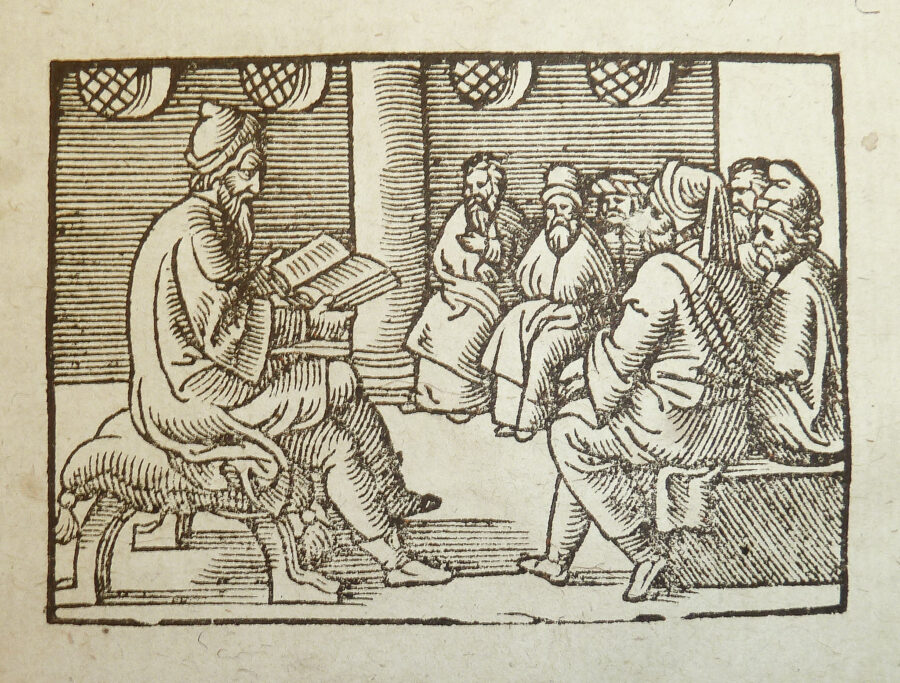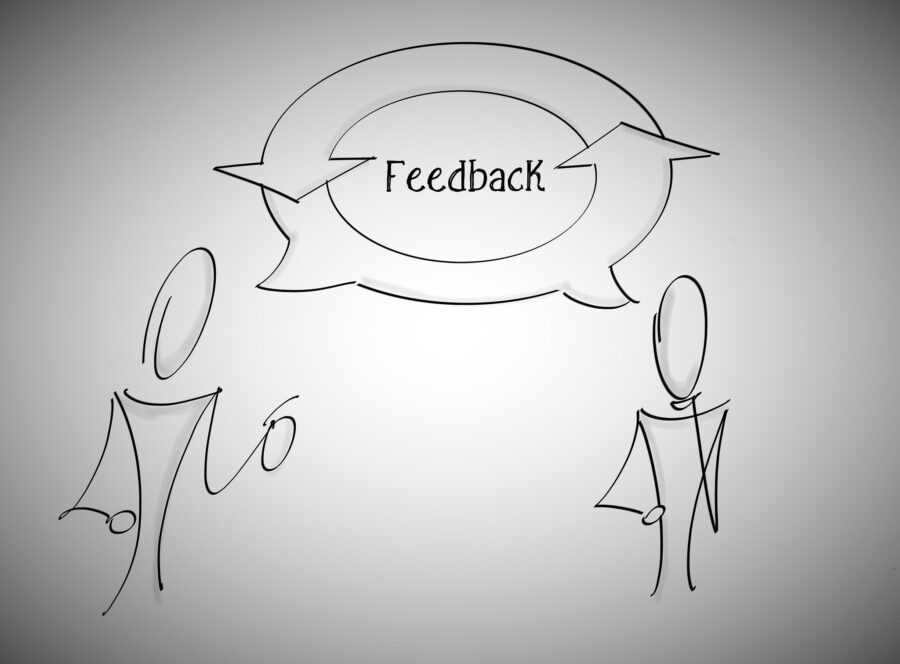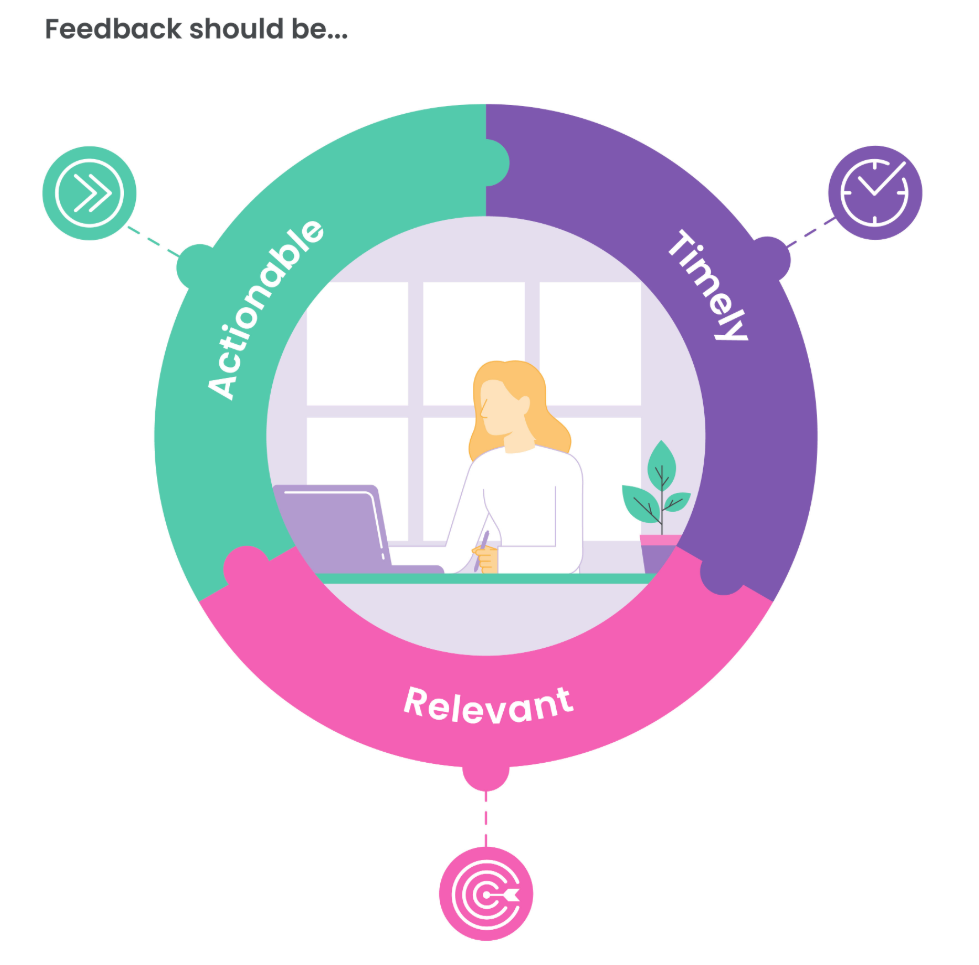Researchers from the Near Future Teaching Project interviewed students to get their thoughts on automation in teaching, and they had some interesting thoughts:
Category: An Edinburgh Model for Online Teaching Page 2 of 5
My blog about the online training course ‘An Edinburgh Model for Online Teaching’

Is it good when times keep changing?
Would automation of teaching bring us enhanced efficiency with ‘teacher-light’ tuition, or should it be resisted as damaging to teacher professionalism and the humanistic values of education?
With Teacherbot, an experiment in automated teaching, Professor of Digital Education, Sian Bayne (2015) asked,
What about the spaces in between teaching? What if “the ‘teacher function’ might become less a question of living teacher presence and more a posthuman mash-up of video, algorithm and automated process?” Could that both broaden and improve the student and teaching experience of what it means to be at university online?

- What concerns would you imagine people having with feedback and assessment online who were new to this form of teaching? (for example, uncertainty about how much time to spend giving feedback).
- Imagine you are an online student. How much feedback would you want? How many times per course would you want to be assessed?

Different types of feedback
Feedforward
The reason for feedforward is that feedback received on a final assignment isn’t actionable within the course itself. Instead, we can provide feedforward from an earlier activity that is directly related to the final assignment, so that this demonstrates to the students what they need to do.
Peer-based feedback
Although feedback from a tutor results in greater learning gains, both giving and receiving constructive feedback between peers are critical skills that can be incorporated into a course design to help encourage an engaged learning community.
I found this useful list of types of questions on Wikimedia Commons:

Types of Questions and Activities: Public domain image by M chap, via Wikimedia Commons
Links
- Evans, C. (2013). Making Sense of Assessment Feedback in Higher Education, Review of Educational Research, 83(1): 70-120.
- Kauffman J., Schunn C. (2011). Students’ perceptions about peer assessment for writing: Their origin and impact on revision work. Instructional Science, 39, 387–406.
- O’Shea, C. (2018). Collaborative writing, feedforward and connoisseurship: the Assessment, Learning and Digital Education group assignment. Available: http://www.teaching-matters-blog.ed.ac.uk/collaborative-writing-feedforward-and-connoisseurship-the-assessment-learning-and-digital-education-group-assignment/.
- Principles of good formative assessment
“When the cook tastes the soup, that’s formative assessment; when the customer tastes the soup, that’s summative assessment.” ~ Paul Black, frequently cited as a forefather of formative assessment research

(Header image: Feedback Sketchnote, by Luigi Mengato, via Flickr. Licence: CC-BY-20. These sketchnotes are a very interesting find that I definitely want to check out later!)
What makes for effective feedback?
Actionable
Actionable means that the feedback gives the student some practical advice they can act on to improve their future work.
Timely
Timely means that the feedback is provided as soon as possible after the activity. In some cases, this could be synchronous, for example when a teacher takes and observer role and provides feedback during the course of an activity. Automated marking processes can also provide instant feedback. In other cases, assignments should be marked and feedback provided as soon as possible after they are submitted.
Relevant
Feedback should be relevant to the particular learning activity, the academic discipline being studied, and the professional practice that the students are preparing for.

Here are some thoughts on feedback and assessment from around the University:

Feedback and Assessment is a very relevant module for me now, as we are currently working on preparing for the remote exams that are now required because of the coronavirus pandemic. I am very thankful to have this module available!
These are the learning objectives:
Module 4 Learning Outcomes
At the completion of this module, I will:
- Understand the key concepts of online feedback and assessment.
- Evaluate and redefine our own feedback and assessment practices for application online.
- Reflect on the impact of feedback and feedback on subsequent assessment design and student performance.
Feedback and assessment are key to the development of engaged learning communities and engaged online teaching practices. We need to learn how best to construct them.

Interviews about Creativity and Learning from the Near Future Teaching Project:
Here are some of the points that were made in the video:
PowerPoints don’t help you map patterns or link things together or create your own thoughts in a three dimensional manner. The student finds she needs to make mind maps by herself.
In the surrounding culture, people are creatively remixing and reusing things. We should allow people to be creative, playful and innovative, not categorize everyone neatly.
Students have been designing their own learning paths and collecting badges and portfolios of learning.
People can engage with something and also be inputting into a two way process. The should have the opportunity to fail and take risks.
We will be shifting to learning materials being more routinely digital and electronic.
Creative learning opportunities exist with fun alternative ways of learning online, eg with games.
Discussion
Creativity is critical to establishing teacher presence and student agency, but it puts pressure on existing structures, such as assessments.
Questions:
- post a few examples of what might be considered creative teaching online in your discipline or elsewhere
- Reflect on what is missing from Garrison’s (2007) model for teacher presence as being about a: design, b: facilitation and c: direct instruction. What else could we consider here to establish the teacher presence in online courses?
I like this answer from one of my coursemates. I thought it was a very interesting idea, using videos to literally see another person’s point of view:
A few years ago I worked on a teacher training and development program in South Africa. Learning how to teach really benefits from observing and reflecting on other teachers’ lessons, and doing that, in turn, requires some presence in the classroom.We were struggling to replicate the experience of being ‘in the classroom’ for online learners – many of whom were novice teachers. We recorded a few lessons that had cameras recording teachers in the classroom, but then also attached a go-pro camera to the teacher who was demonstrating the lesson, and had her point-of-view captured as well. This enabled us to capture the same experience from different points of view. We interspersed the videos with interactive moments that required the observer to reflect on specific events that were happening, to hypothesize why the teacher and said or done some thing, or even to make suggestions for alternative approaches. This approach, which for us was a creative response to the inadequacies of our earlier efforts, received very positive feedback from the online learners as it situated them in the teaching context.
Colin_Chandler posted:
The potential for 3D exploration of the brain in virtual reality allows a student to explore an invisible, complex and very difficult to orientate set of structures connections and potential functions and pathological consequences. Experiential reflection: bringing the students clinical experience into a simulated and controlled environment to experiment and explore consequences of actions in a safe way.
DianeMAnderson replied:
This is a good point. In the real world when teaching young people as a STEM ambassador I enjoy thinking up creative ways to teach the youngsters – many hours of fun doing that! Now in the virtual world of teaching online I am concerned that my skill set is lacking in being able to create virtual environments. In an earlier post I can see that this is where working as a team with the skilled learning technologists to help them to understand what we SMEs need to create an online environment where students can be exposed to virtual reality.
Creativity can be expressed very different on each individual discipline, and task that are creative and useful in one discipline can be irrelevant to another.
In mathematics in particular students to master some skills in core areas and understand formal mathematical language and notation. They need to solve maths problems to be able to achieve mastery of the subject. Creativity for me is to have an online course that looks like an interactive book, interleaving textbook-style exposition with videos of worked examples, interactive applets, and practice questions.
Use ideas from educational research and incorporate them in the course. One of them is the “worked example effect” which suggests that learners benefit more from studying worked examples than from unguided problem solving. Starting from this, the idea of a “faded worked example” is to present a sequence of problems with varying amounts of the solution already worked out. For example we may start with a worked example, followed by an almost-complete worked example with the last step missing, then conclude with an unguided problem; this pattern of fading the worked-out steps from the end has been found to be most favourable for learning.
After a review of some of our online courses during the summer we began to question if we were using technology for technologies sake? We went back to the drawing board to fully understand what we wanted the students to achieve. In terms of creative teaching on our courses we use video to show real life experiences or to learn about particular scenarios, we create ‘dummy’ sharepoint sites and websites that the students can use to gain experience in the platform they will be using in the workplace. We have recently started creating interactive materials in Articulate 360 to guide students through using software. Whilst being creative we also very aware that some students may have additional needs so providing different formats of the materials is essential. (Providing subtitles for videos etc) In regards to Garrisons model something that springs to mind that is missing (but could possibly fall into facilitation) is the support from the teacher and networks?
I agree about the use of videos in this course: it puts the concepts into context,
What might be considered creative teaching online?
The use of videos – I really like the interviews with staff and students on this course. I’ve found them personable, knowledge informing and thought provoking. In the course I will be working on we could use videos with clinicians to share their experience and with patients to encourage PPI/PPE.
Simulated clinical situations could also be creative. There is good evidence that this works well, is cost effective and gives students wider access to clinical skills training (which can be difficult to access face to face).
What is missing from Garrison’s model? 1:1 personal contact with the teacher. Making this available for students who may require additional support would establish a teacher presence online.

The purpose of teacher presence is to produce personally meaningful and educationally worthwhile outcomes. Teacher presence has three parts: design, facilitation and direct instruction (Garrison 2007). It is highly significant for student satisfaction, perceived learning, and sense of community. Students need to know who their teacher is.
Here are some ways to achieve teacher presence online:
- audio feedback on an assignment
- a warm biography with pictures
- weekly summaries of activity
- encouragement in short videos

Transactional Distance Case Study
In this case study, we reviewed some dialogue between students on WhatsApp negotiating a new assignment, with the following questions in mind:
- What variables are impacting transactional distance?
- What could be done to offset these?
- What impact does this have on how assessments are crafted?


